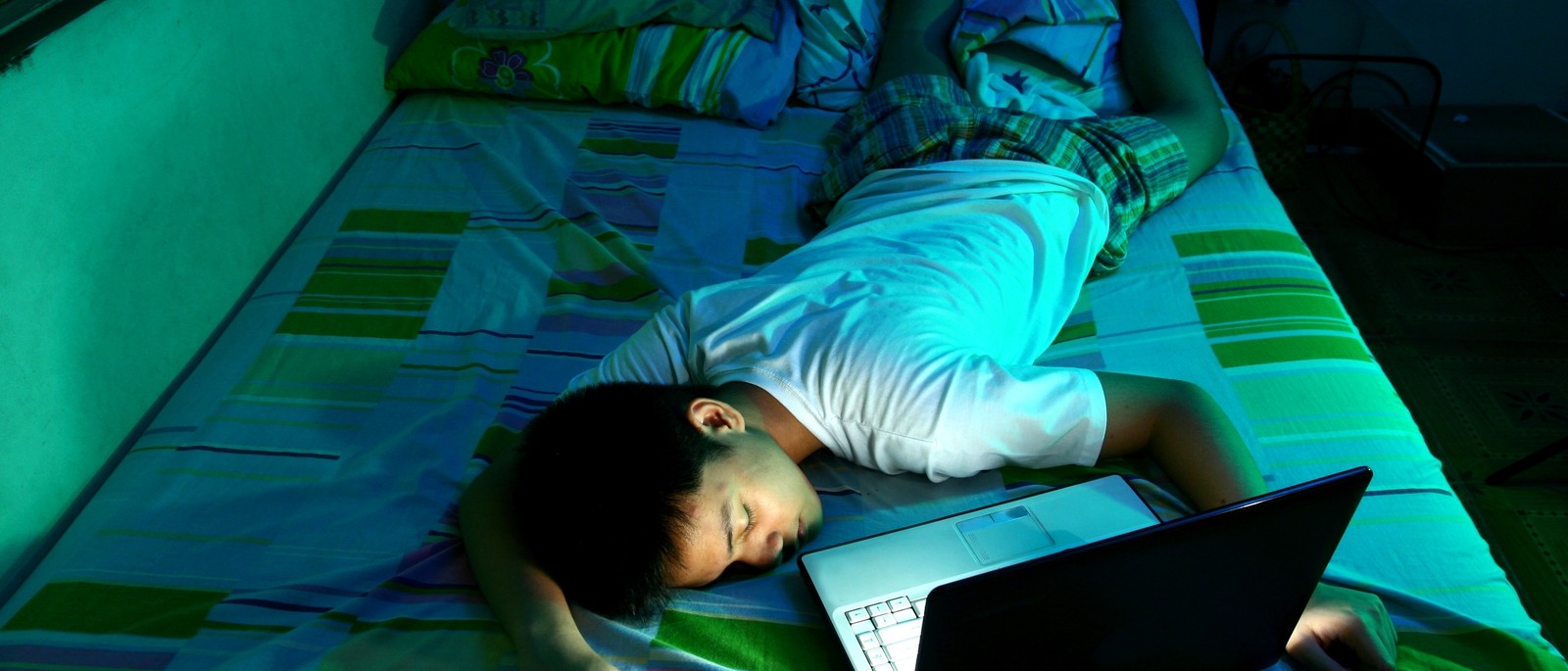In the past few years, screens have invaded our lives; they’re in our pockets, purses, homes and workspaces. And teens are no exception. They’re spending more time on screens than ever before, which begs the question: how much is too much screen time for teens?
The recommendation: According to the Canadian 24-Hour Movement Guidelines for Children and Youth, teens should only get two hours of recreational screen time a day.
The reality: Most teens are getting way too much screen time. The call of the outdoors just can’t compete with TikTok, Instagram, YouTube, Snapchat and Facebook. In fact, according to the 2022 ParticipACTION Report Card on Physical Activity for Children and Youth, only 3% of youth met the screen time recommendation.
The consequences: Unfortunately, the difference between the recommendation and the reality has consequences. When teens get too much screen time, they can develop poor sleep habits, have less energy, be less focused at school, and be more likely to have symptoms of depression and anxiety. In short, they’re less happy and healthy.
Why limiting screen time matters
The importance of limiting screen time is easy to understand once you learn that the whole day matters. That’s why the 24-Hour Movement Guidelines were created. Because there’s only so much time in a day, each behaviour, whether that’s moving, sleeping or being sedentary, affects the others. If you change one, you’ll change the others.
So, if your teen spends all day scrolling through TikTok videos on their phone or watching YouTube videos on their laptop, they’re going to be less likely to move enough and less likely to get enough sleep. This can quickly lead to a vicious cycle where teens are less active, develop poor sleep habits and spend more time on screens each day.
7 ways to reduce teen screen time
Making the reality meet the recommendation isn’t easy, but thinking about the full day can be helpful for identifying strategies to reduce your teen(s) time spent on screens. Here are some useful tips and tricks:
- Help your teen(s) get into a screen-free bedtime routine to prevent the disruption of their sleep patterns and quality. Removing screens from their bedroom(s) can help with this.
- Swap inactive screen-based activities for active, outdoor activities. Being surrounded by nature leads to all kinds of health-boosting benefits, so encourage your teen(s) to try new activities like geocaching, cycling or rollerblading with friends.
- Set daily limits on screen time like no screens after a certain time or during meals, and avoid creating passive screen use opportunities. When meal times are screen-free, families connect with fewer distractions, and teens even eat better and can better attend to their own hunger.
- Suggest having one day a week with no screen time such as “Screen-Free Sundays”. If your teen(s) have a smartphone, encourage them to turn off as many notifications as possible and to turn on airplane mode when they’re with friends and family.
- Role-model good behaviour by being mindful of your own time spent on screens. Families are one of the biggest influencers when it comes to kids’ screen use: if parents model healthy screen use, their children will learn how to appropriately use screens themselves.
- Be present and engaged when using screens and co-view when possible.
- Encourage your teen(s) to use active transportation such as walking, wheeling, cycling, rollerblading, skateboarding, scootering or taking public transit to get to school; it’s easier to look at a screen when riding in a car.









